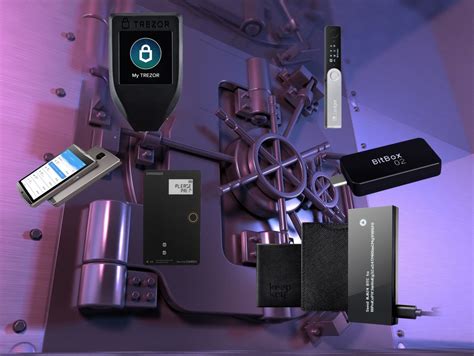Hardware wallet, Long Position, Liquidity Provider
“Holding Cash in the Dark Web: The Role of a Hardware Wallet as a Long-Position Liquidity Provider in Crypto Markets”

In recent years, cryptocurrencies have experienced unprecedented growth and volatility. As a result, market makers and liquidity providers have become increasingly important players in stabilizing prices and facilitating transactions.
One key component of these markets is the hardware wallet. A hardware wallet is a physical device designed to securely store cryptocurrencies, providing an additional layer of protection against hacking and theft. Unlike software wallets, which can be accessed remotely, hardware wallets offer a secure way for users to store their assets offline.
As a long-position holder, one of the primary roles of a liquidity provider in crypto markets is to provide liquidity by buying and selling cryptocurrencies at market prices to maintain an upward trend or support it when a bearish sentiment emerges. A hardware wallet can play a significant role in this process by providing a secure and trusted way for users to store their assets.
One of the key benefits of using a hardware wallet as a long-position liquidity provider is its ability to offer low-slipping fees, which are significantly lower than those charged by traditional exchanges or brokerages. This means that users can lock up their assets and hold them for an extended period without incurring excessive fees.
However, not all hardware wallets are created equal. A top-tier hardware wallet can be a game-changer for long-position liquidity providers, offering advanced security features, robust connectivity, and seamless integration with cryptocurrency exchanges. Some popular examples of high-end hardware wallets include the Ledger Nano X and the Trezor Model T.
In addition to providing low-slipping fees and advanced security features, a hardware wallet also offers an unparalleled level of control and flexibility for long-position liquidity providers. Users can easily export their private keys or import them from an encrypted file, making it simple to manage their assets across different exchanges and platforms.
To succeed as a long-position liquidity provider in crypto markets, one must have a solid understanding of the underlying mechanics of cryptocurrency transactions, including supply and demand dynamics, market sentiment, and exchange pairings. This requires a combination of technical expertise and financial acumen, as well as an ability to stay up-to-date with the latest market trends and developments.
In conclusion, hardware wallets play a critical role in long-position liquidity provision in crypto markets. By offering low-slipping fees, advanced security features, and unparalleled control and flexibility, top-tier hardware wallets can provide a secure and efficient way for users to store their assets and hold them for extended periods of time. As the cryptocurrency market continues to evolve, it is likely that hardware wallets will remain an essential component of liquidity provision in these markets.
Key takeaways:
- Hardware wallets are critical components of crypto markets as long-position liquidity providers.
- Low-slipping fees, advanced security features, and seamless integration with exchanges make top-tier hardware wallets ideal for this role.
- A solid understanding of cryptocurrency mechanics and market trends is essential for success as a long-position liquidity provider.
- The future of the cryptocurrency market will likely see increased adoption of hardware wallets as a key component of liquidity provision.


